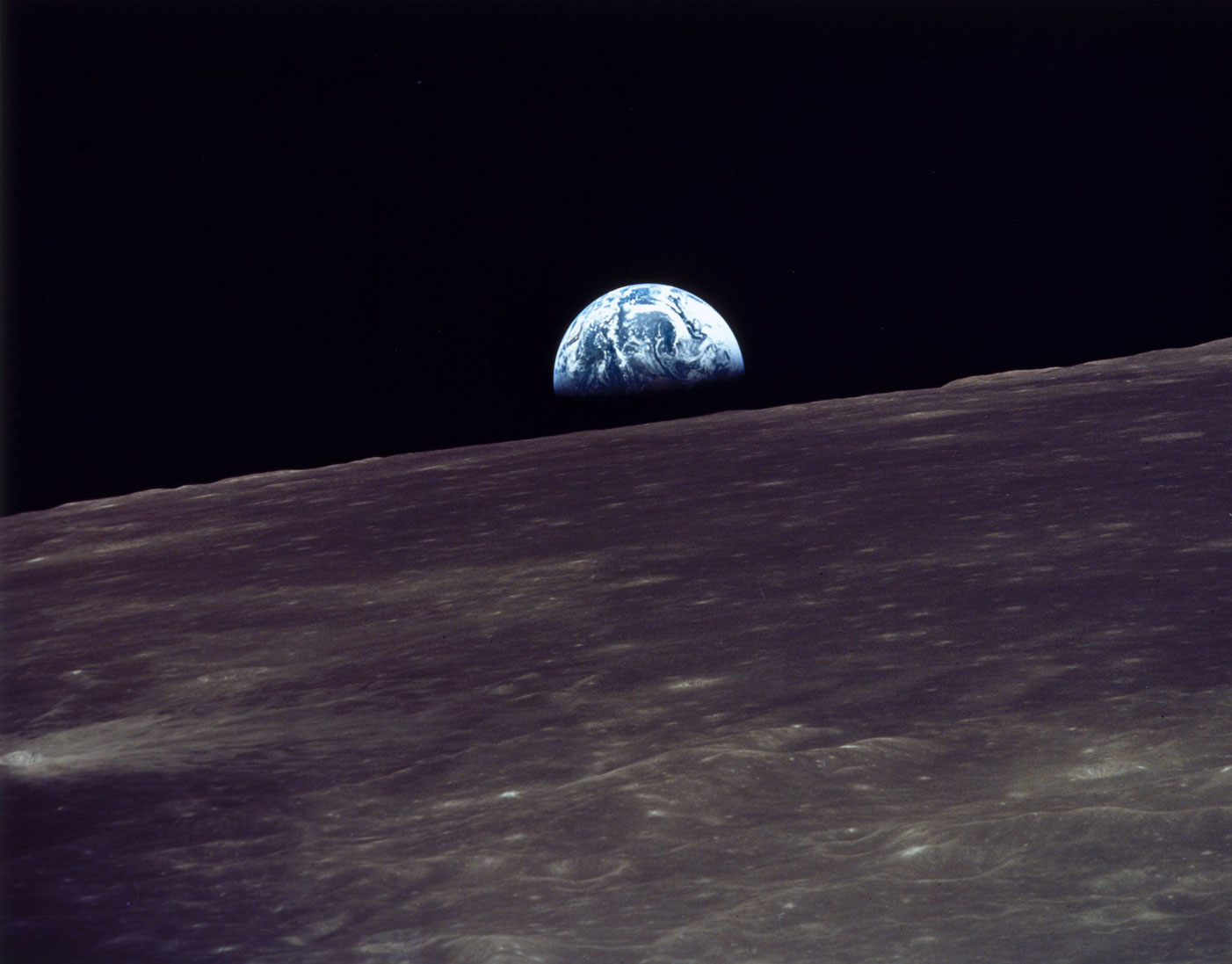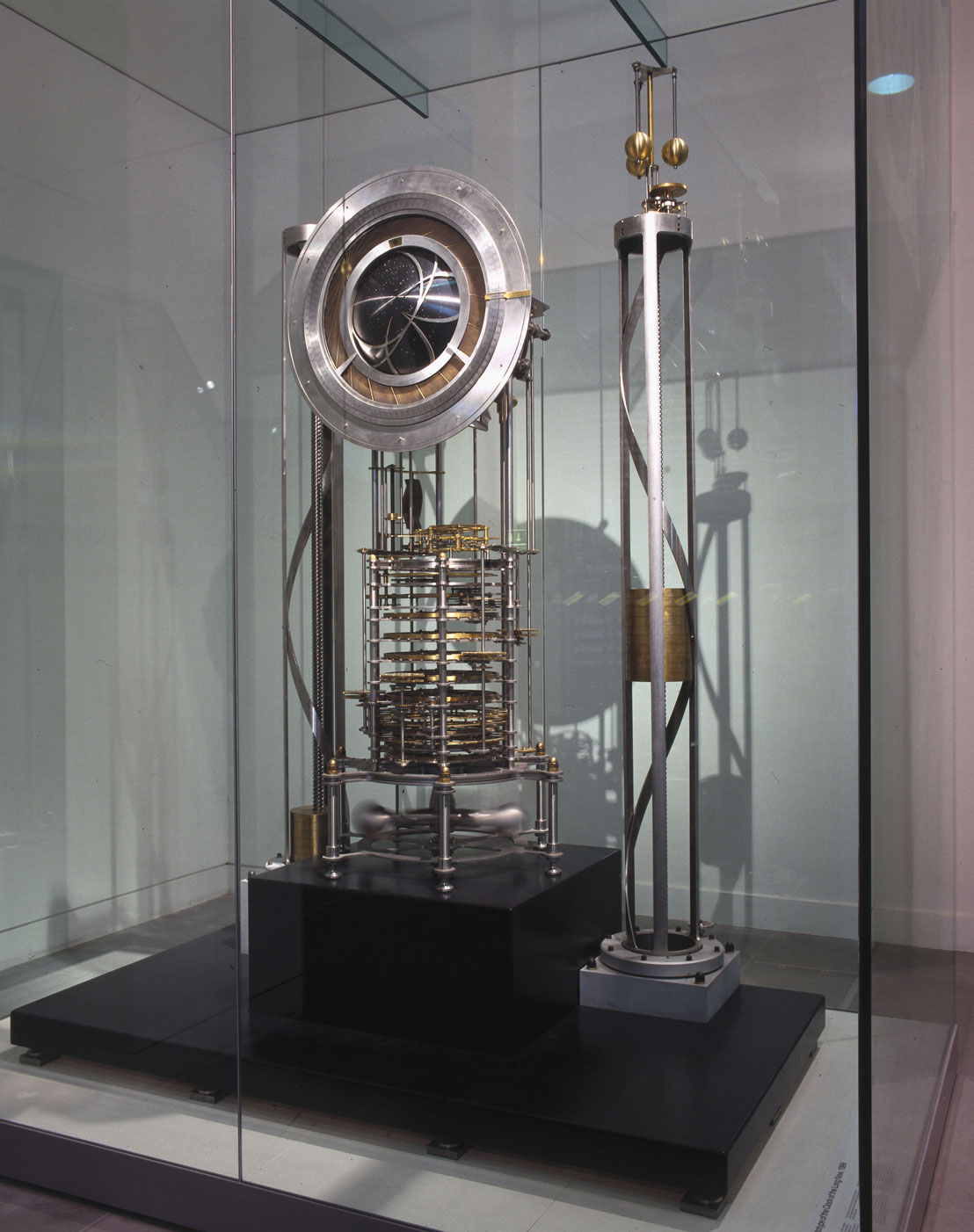The Science Museum’s curator of time, David Rooney, reflects on the ‘Clock of the Long Now’, a prototype of which is on show in the museum’s Making the Modern World gallery.
‘Civilization is revving itself into a pathologically short attention span. The trend might be coming from the acceleration of technology, the short-horizon perspective of market-driven economics, the next-election perspective of democracies, or the distractions of personal multitasking. All are on the increase’. This analysis of society at the end of the twentieth century was written in 1998 by Stewart Brand (born 1938), writer, inventor and founder of the Whole Earth Catalog.
Brand, together with computer designer Danny Hillis (born 1956) and other prominent fin de siècle thinkers, had become increasingly concerned that the year 2000 had come to be seen as a temporal mental barrier to the future. Brand explained: ‘Some sort of balancing corrective to the short-sightedness is needed—some mechanism or myth that encourages the long view and the taking of long-term responsibility, where “the long term” is measured at least in centuries’.
Hillis’s proposal was to build ‘both a mechanism and a myth’, a monumental-scale mechanical clock capable of telling time for 10,000 years—if it was maintained properly. Such a clock would prompt conversations about ‘deep time’, perhaps becoming a public icon for time in the same way that photographs of earth from space taken by the Apollo 8 crew in December 1968 have become icons for a fragile planet in boundless space (It was partly due to Brand’s agitation that NASA released earlier satellite-based photographs of earth to the public in 1966).

In 1996, Brand and Hillis formed a board of like-minded friends. Calling themselves ‘The Long Now Foundation’, the organization’s title sprang from a suggestion by musician and composer Brian Eno that ‘The Long Now’ could be seen as an important extension of human temporal horizons.
In this scheme, ‘now’ was seen as the present moment plus or minus a day, and ‘nowadays’ extended the time horizon to a decade or so forward and backward. However, the ‘long now’ would dramatically extend this ‘time envelope’. Since settled farming began in about 8000 BCE, the futurist Peter Schwartz proposed that the ‘long now’ should mean the present day plus or minus 10,000 years—‘about as long as the history of human technology’, explained Hillis.
The design principles established for the clock laid down strict parameters for its construction. With occasional maintenance, it was thought that the clock should reasonably be expected to display the correct time for 10,000 years. It was designed to be maintainable with Bronze Age technology. The plan was also that it should be possible to determine the operational principles of the clock by close inspection, to improve the clock over time and to build working models of the clock from table-top to monumental size using the same design.

In 1997, a small team of expert engineers, mechanics and designers based in San Francisco, led by Alexander Rose, set about constructing a prototype of the Clock of the Long Now, as the project became known. Driven by the power of two falling weights, which are wound every few days, the torsional (twisting) pendulum beats twice per minute, transmitting its time through an oversized watch-escapement mechanism to the heart of the clock, a mechanical computer.
This computer, conceptually linked to the machines of nineteenth-century polymath Charles Babbage, operates once every hour, updating timekeeping elements within the dial display, including the position of the sun, the lunar phase and the locally-visible star field. The slowest-moving part of this display indicates the precession of the equinoxes.

As the designer of some of the world’s fastest supercomputers in the 1980s, Danny Hillis said in the 1990s that he wished to ‘atone for his sins’ of speeding up the world by designing the world’s slowest computer for the Clock of the Long Now.
This range of tempos reflects the Foundation’s idea of ‘layers of time’ in human existence. The fastest-changing layer is fashion and art; a little slower is commerce. Infrastructure and governance take still longer to change. Cultures change very slowly, with nature reflecting the slowest tempo of all. ‘The fast layers innovate; the slow layers stabilize’, explained Brand. The Foundation believes that an understanding of the opportunities and threats embodied in these layers of temporal change is crucial in correcting humankind’s apparent short-sightedness.
These ambitions and ideals were expressed eloquently in the finished prototype clock, which first ticked in San Francisco moments before the end of New Year’s Eve 1999. It was then moved to London, where the Clock of the Long Now had been selected as the final exhibit in the Science Museum’s Making the Modern World gallery, opened by Her Majesty The Queen in 2000.

Meanwhile, the Foundation continued to build further prototypes, refining the design of the clock’s several constituent subassemblies in preparation for the construction (now underway) of a 10,000-year clock inside a mountain in western Texas, near the town of Van Horn. The Foundation hopes to build several ‘millennial clocks’ over the course of time, and a site for another has been purchased atop a mountain in eastern Nevada, adjacent to Great Basin National Park.
By its nature, the clock is both a conclusion—of a long process of human thinking, making and acting—and a starting point, for a long future, the contents of which are uncertain, the opportunities of which are infinite. Stewart Brand observed, ‘This present moment used to be the unimaginable future’.
As a symbol for the past, present and future of human ingenuity, the Clock of the Long Now is a fitting device to represent the modern world and all of its milestones. As Danny Hillis has said, ‘Time is a ride—and you are on it’.
David Rooney (@rooneyvision)